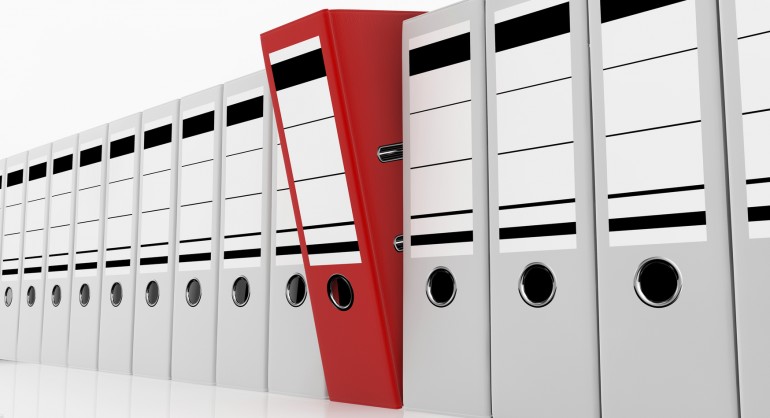Open-E JovianDSS and Open-E DSS V7 certified for VMware vSphere® 5.5 and 6.0
Open-E proudly announces that Open-E JovianDSS and Open-E DSS V7 received the VMware Ready™ verification…
Read More
With Open-E JovianDSS you can easily go back in time. Not literally, of course, so let’s get the matter straight: it may happen that you change a file (either accidentally or on purpose) and later notice that the previous version of it was much better than the new one. In such case it is of great value to be able to retrieve this previous version of a file. The most convenient way of file retrieval is of course by means of snapshots. Thanks to auto-snapshots in Open-E JovianDSS that can be set according to user needs, it can be done within a blink of an eye, via the CLI (command-line-interface).
In this article we present a step-by-step guide on how to retrieve the previous verisons of files and folders with Off-site Data Protection in Open-E JovianDSS (regarding NAS and SMB protocol).
First, you need to download and generate an SSH key, as the CLI requires the password or the SSH key. Go to “System Settings” and then to the “Administrator” tab. In the “CLI access” function, check the “Use CLI access” and enter the new password in the “Password” field. Then click the “Apply” button.
Next, generate and download the new key by clicking the “Generate and download” button and save the generated key into a local folder, e.g. C:\CLI
The original download key can work with a standard SSH Client. Open-E enigineers recommend using plink.exe and puttygen.exe which can be quickly downloaded from PuTTY website. Remember that the plink.exe uses different “private key” formats, and it is required to convert the downloaded key with puttygen.exe. You can convert the key with the PuTTY Key Generator. Now, run puttygen.exe, select the “load” button and find the original key from Open-E JovianDSS.
Next, load the original key from e.g. C:\CLI. NOTE: The default file filter must be set to “All Files (*.*)
Then, click the “Save private key” button and next, click “OK” and confirm this action by clicking the “Yes” button. Now, save the new “jdss.ppk” in the C:\CLI folder.
Now is the time to run the “Command prompt” (cmd.exe) and use plink to issue Open-E JovianDSS CLI. Below you can find some syntax examples for the plink command using the key: plink -i path_to_the_downloaded_key -P 22223 -l cli ip_address command
NOTE: Plink uses a capital “P” and the ssh uses a small “p” in the command line.
In order to list the full command set, please issue the “help” command. After you enter a command with missing parameters or a missing object name, the system will prompt with the full syntax of the command. Once the complete command is entered, it will run at once and non-interactive. Keep in mind that a user script with CLI commands must be executed first on a testing system, not on a production system.
Now, run the “Command prompt” (cmd.exe) and change directory to the directory where you have saved the key, e.g.: C:\CLI
You can check the snapshot status with the following CLI command with the option “set” and “status”.
Now auto-snapshots are created accordingly to a provided retention-interval plan and can be viewed in the pool-menu in “Snapshots” tab. In case a file has been renamed or even deleted, you can view the previous version of the containing folder. You only need to right-click the white space in the folder and select the “Properties” option. You can also right-click on the folder itself and select the “Properties” option as shown on the screenshot below.
In the “Previous Versions” tab, all auto-snapshots are listed. By double-clicking on a folder in the list, it will show the contents of the folder at the time the snapshot was created.
For more How-to’s, White Papers, Case Studies and other useful documents, visit Open-E Website >>
Leave a Reply